Does Red Meat Cause Cancer?
If you read the papers or watch the news, there is a good chance that you’ve seen the recent nutrition report from the World Health Organization. The story has been reported worldwide by virtually every major news organization.
In case you’re not aware, the report, produced by the International Agency for Research on Cancer, implicates processed meat and red meat in colon cancer.
Here’s the gist of the press release from the IARC:
“Processed meat was classified as carcinogenic to humans … The consumption of red meat [is] probably carcinogenic to humans …”
But don’t banish your juicy Filet Mignon just yet! The real truth of the matter is actually contained within the full report, published in The Lancet.
“Chance, bias, and confounding could not be ruled out with the same degree of confidence for the data on red meat consumption, since no clear association was seen in several of the high quality studies and residual confounding from other diet and lifestyle risk is difficult to exclude. The Working Group concluded that there is limited evidence in human beings for the carcinogenicity of the consumption of red meat”.
In case you missed that …
There was no clear association regarding consuming red meat and cancer risk.
Cancer is a topic that I am very passionate about. In 2005, I served as Editor in Chief for Healing Gourmet’s first book – Eat to Fight Cancer (McGraw-Hill) and have read thousands of studies on cancer alone. So, what are the real facts? Can you still enjoy your favorite Paleo meals – including red meat – without increasing your risk of cancer?
The answer is absolutely yes… as long as you choose the right meats and carefully consider how they are prepared and cooked.
But before we get there, let’s take a look at what’s wrong with this recent study and the media’s conclusions about it.
The Link between Eating Ice Cream… and Drowning
Did you know that decades of statistics prove that as ice cream consumption increases, so do deaths from drowning? It’s true. There is a very clear correlation between these two statistics. But it goes without saying that ice cream does not cause people to drown. The number of people eating ice cream goes up during the summer. And so do the number of swimmers.
It’s clear that correlation does not equal causation. Always keep this in mind when it comes to “scientific” reports.
In this case, the IARC considered data from over 800 different studies on cancer in humans as it relates to red and/or processed meat. Sadly, however, all of these studies were epidemiological.
These are not controlled clinical studies designed to prove causation. They are population studies, often based on questionnaires. And while some population studies provide useful information, most are unreliable. This is a fact the mainstream media failed to recognize when they presented the conclusion that “consumption of red meat causes cancer” as an open and shut case. But since when has the headline-driven media ever cared to delve into the nuances of a story like this?
Red Meat and Cancer: Did You Have Fries With That?
Can you remember what you ate last Saturday? How about last year?
One reason why food questionnaires are unreliable is because they ask for historical food recall. This paves the way for poor memory and a misrepresentation of facts. There is also a big difference between someone recalling that they ate a steak, when the truth was that it was a steak and fries…
… Washed down with a beer or soft drink
… Followed by a cigarette.
This is what the study authors were referring to when they noted “confounding factors.” Factors like these can play a huge role in the results of a population study.
Another reason why these studies are unreliable is that they don’t distinguish between variables such as the source of the red meat or the preparation method. In most cases, they also don’t consider general diet, level of fitness (or fatness) or other carcinogens to which the subjects may be exposed.
The IARC does acknowledge this in their full report. It would be nice if the world’s media had done the same.
So now, let’s take a look at what you really need to know about red meat and cancer risk.
The 5 Unhealthy Ways to Consume Red Meat
Chargrilled Toxins
Heterocyclic aromatic amines (HCAs) are formed when muscle meats; beef, pork, poultry and fish, are exposed to high temperatures such as grilling. Acrylamide is formed when plant foods rich in carbohydrates (like sugary marinades or the French fries that commonly accompany beef) are cooked at high temperatures. Research demonstrates that both of these compounds are known carcinogens.
What Goes Into the Animal, Goes Into You
Epidemiological studies make no distinction between pasture-raised and conventionally-raised meats; main factors being their feed and the administration of hormones and antibiotics. The beef from corn-fed cows can have as much 50 times more omega-6 fatty acids than that from grass-fed cows. Too much omega-6 has been conclusively proven to promote inflammation and oxidation – two key factors that can promote cancer. What’s more, antibiotic residues from conventional meats wreak havoc on the microbiome – altering the delicate balance of microbes, including those that produce butyrate – a powerful cancer-fighting agent.
Pan-Fried Chemicals
Pots, pans, storage containers and wraps can leach harmful substances into our foods. Non-stick pans are just one of these offenders which leach toxic substances like trifluoroacetate (TFA) and perfluorooctanic acid (PFOA) into the food you eat, as well as into the air around you. These chemicals, collectively called perflourinated compounds, are xenoestrogens (estrogen mimics) and have been linked with cancer, endocrine issues, “polymer fume fever” and other health problems in humans.
Chewing the Wrong Fats
Lipid oxidation products (LOPs) are created by the degradation of oils. This happens through heat, aging and chemicals (like hydrogenation). As these oils break down, they generate free radicals that damage DNA and have been found to increase the risk of cancer. When we heat unstable oils (like the polyunsaturated fatty acid omega-6 oils) we produce these dangerous LOP’s. This could make the fat you are using to cook with carcinogenic, without regard to the meat itself.
Dietary & Lifestyle Factors
We all know that smoking is a Category 1A Carcinogen. But do you know that some contraceptives are too? Acetaldehyde, (the by-product of alcohol metabolism) and inactivity are two more key factors that increase cancer risk. And how about being overweight or obese? According to the National Cancer Institute, obesity is overtaking tobacco as the leading preventable cause of cancer. It goes without saying that these kind of variables cannot be ruled out as potential causes of cancer in “population” studies.
Cancer Prevention through Ancestral Wisdom: Choose Healthy Sources
When choosing meats, choose wild, grass-fed and pasture-raised to achieve a healthy fat balance and avoid exposure to antibiotic residues, pesticides and hormones that can encourage cancer. Conventionally-raised animal products are not the best choice for your health or the planet. On the contrary, however, animals “raised right” can help to improve the environment. And they provide a plethora of essential “zoonutrients” that promote cellular health and fight cancer including:
Choline
Most plant foods are devoid in choline – a nutrient that promotes detoxification, prevents fatty liver and promotes healthy genetic expression via methylation. Eggs and liver are the best source of choline and only 10% of Americans get adequate amounts of this cancer-fighting nutrient.
Vitamin B12
The ONLY source of B12 is animal foods. Vitamin B12 is one of three key methylating agents (which also includes B6 and folate). Have you heard of methylation? It is a vital process at the genetic level that helps to repair damaged DNA and ensure we are making healthy copies of DNA. Healthy DNA means healthy cells which means reduced risk of cancer.
Selenium
Due to poor soil, plant foods (except Brazil nuts) are very poor sources of selenium. Why is selenium important? It is an antioxidant micronutrient that is needed to produce our “master antioxidant and detoxifier” – glutatione. The best sources are animal foods – pastured lamb, grass-fed beef, pastured chicken and turkey, wild salmon, shrimp and scallops are all excellent sources.
Conjugated Linoleic Acid (CLA)
This healthy fat – found only in meat and milk products from animals grazing on grass – has been found to block all three stages of cancer (initiation, promotion, metastasis). In lab studies it has been found effective against a variety of cancers – skin, breast, lung, colon and prostate. And women in Finland who got the most CLA in their diet experienced a 60% reduction in breast cancer compared with those getting the least.
Nourishing Preparation
If you’re going to cook at higher temperatures, be sure to choose stable fats like tallow, lard, coconut oil or grass fed butter. Better still, focus your cooking around stewing, boiling, poaching and slow cooking when it comes to meats. Cook with non-toxic cookware like ceramic, enamel or cast iron to reduce toxic chemicals leaching into your food. And use natural herbs and spices to bring out the flavor and nutritional value of the meal.
Don’t Forget Your Veggies
Enjoy a colorful, varied diet with lots of fresh organic produce (free from hormone-mimicking pesticides). Also be sure to include microbe-loving lacto-fermented vegetables such as like sauerkraut or kimchi.
Live a Balanced Lifestyle
Maintain a smoke free, active lifestyle and a healthy weight. If you drink alcohol, do so in moderation and opt for organic red wine which is high in antioxidants, including the powerful cancer-fighter resveratrol.
Reduce Toxins
Take into consideration all of the “inputs” that make their way into your body via your stomach, lungs and skin. Breathe fresh air, consider an indoor HEPA filter to reduce your exposure to indoor pollution, and choose household and personal care products made without harmful ingredients.
Get Sunshine
Vitamin D is one of the most powerful cancer-fighting nutrients known. In fact, a study presented at the 53rd Annual Meeting of the American Society for Radiation Oncology (ASTRO) found that 75% of cancer patients had low vitamin D levels, and those with the lowest vitamin D levels were associated with more advanced cancers.
Prevent (and fight) cancer with a healthy, active lifestyle and the diet that models our ancestors including an abundance of organic veggies and low-glycemic fruits, lacto-fermented foods, stable, traditional fats and meats from animals raised on pasture that are prepared safely. In addition, don’t smoke, achieve (or maintain) a healthy weight, optimize your vitamin D levels and avoid chemicals in household and personal care products to reduce your risk of cancer.
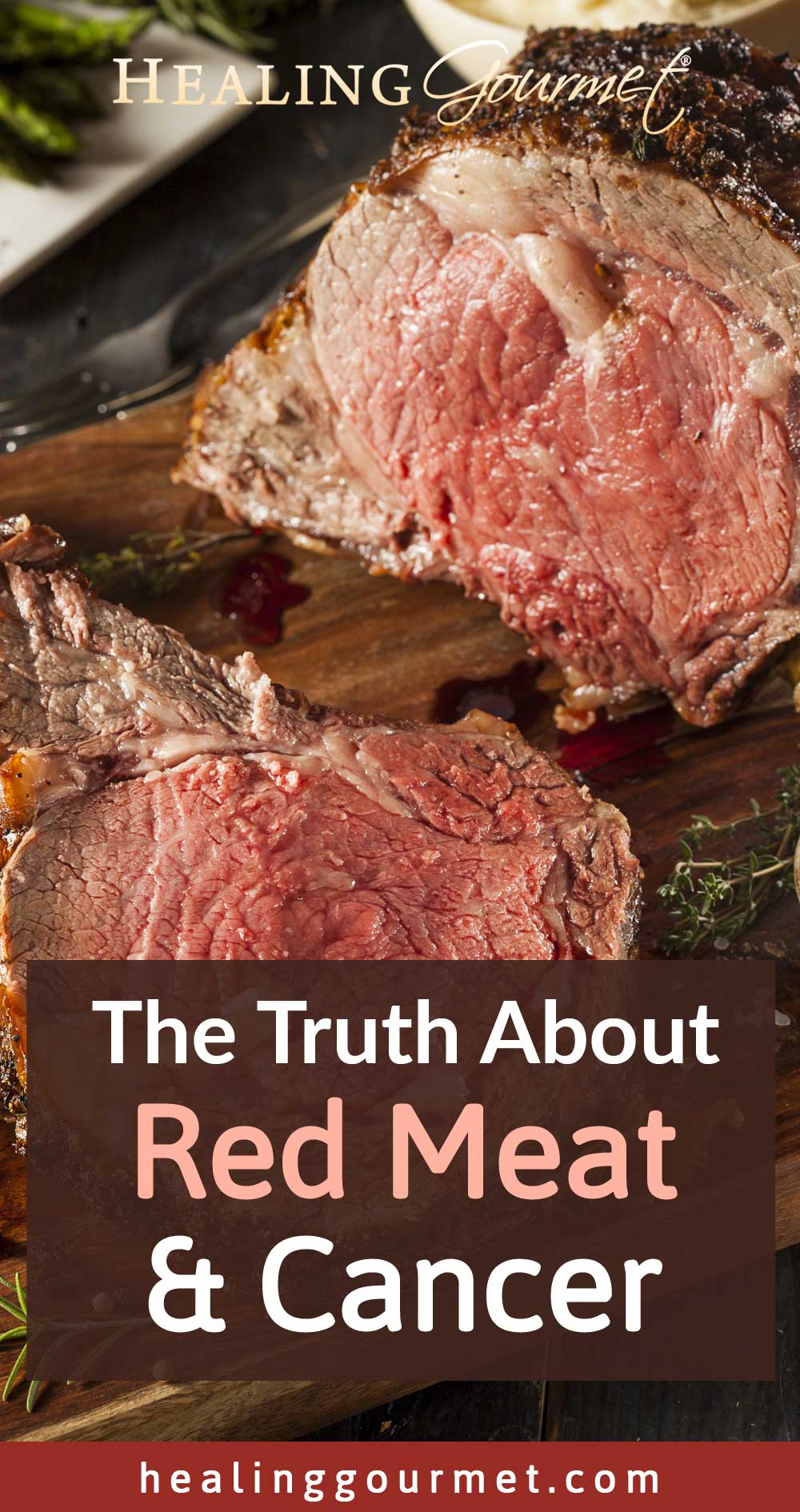
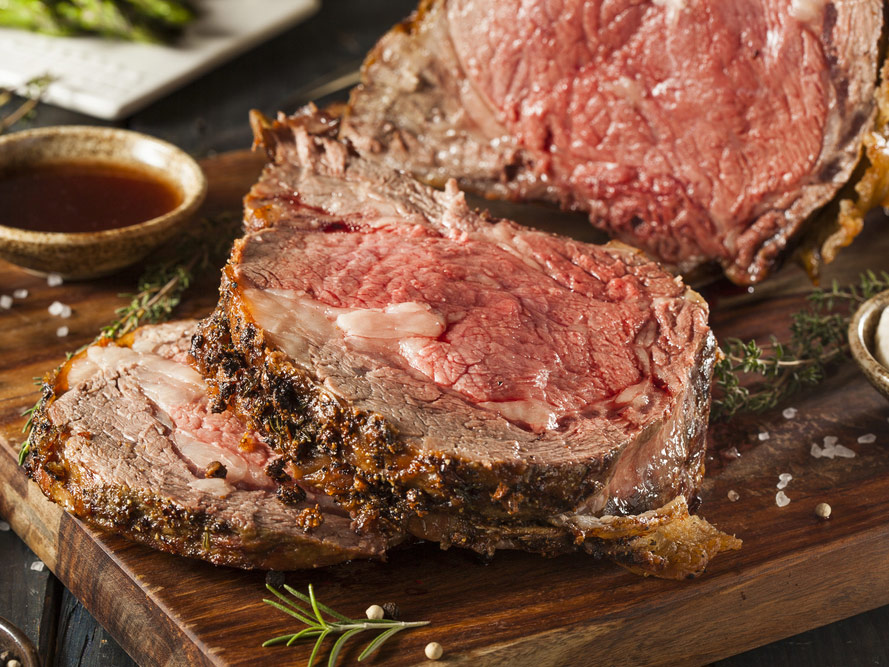
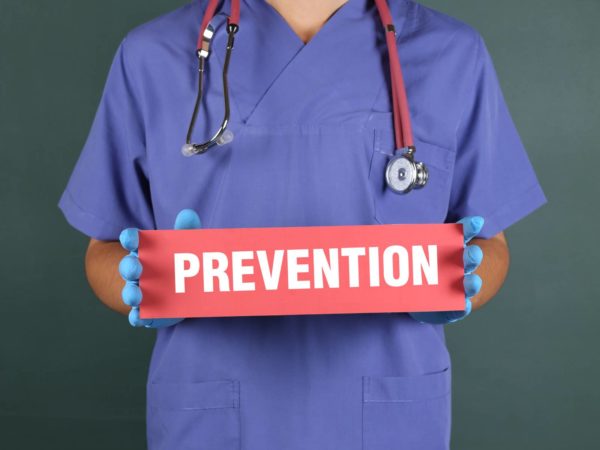
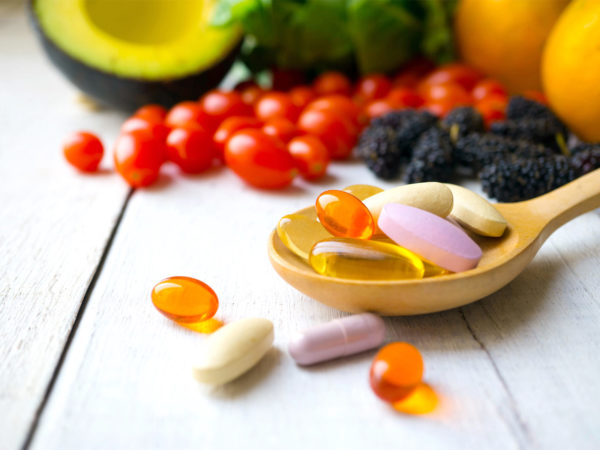
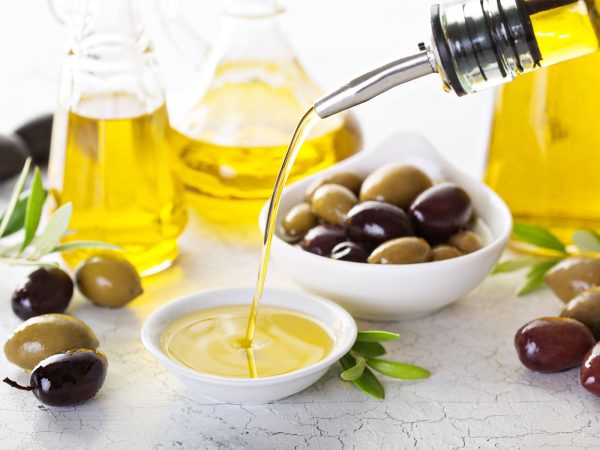
I am really over hearing about grass feed and organic beef. I’m lucky and can afford to purchase this when I want, I have just not adapted to the taste so rarely do, or when I’m at the health food store and have a loaded cart for the week, Grass Fed Beef will not even be considered because of the cost.
For most of America, it is not financially possible, especially a family. All of the “health” people I follow, the ones that are sending out informational emails in attempts to sell their products are all boasting of the grass fed organic foods they consume, evidently with little regard or insight as to what the average American can afford to consume. Of course it’s better, but lets get real and talk about what the normal average health conscience person can actually do.
Deb, You are so correct that sometimes you can only do what you can afford. And there is nothing wrong with choosing “good” when you cannot afford the “best”. We can only do what is within our power to do. Having said that, there are still some “out of the box” ways to afford the best if you can purchase directly from local farmers and cut out the middle man.
If you shop for meat at the local health food store, you are paying WAY TOO MUCH. When using some simple shopping practices, grass fed is not only do-able it can actually be less expensive than conventional meat.
If you can see your way clear to a one time investment of a freezer, you might find a local farmer or rancher who will sell you a whole cow for roughly the cost of ground beef. You can split it with a friend to make the initial investment less painful. Then, each time you cook a piece of meat, “buy” it from your freezer and set the money aside for your next purchase. It could take 6 months to one year to consume the whole cow – or bison if you choose to go that direction. If you do this, make sure to use a reputable meat processor, and be sure that the bones and organs are included. You can even get them to pack chubs of pet food for your dog or cat. The point is to get the use of every part of the cow you buy.
It works this way for other kinds of meat, too. Buy in bulk. In my local area there is market that gets large shipments of wild caught frozen fish on select dates and they sell it in quantity at a huge discount. I also get my chickens and eggs from a local farmer. My turkeys are purchased frozen at a discount in January after the holiday season is over and grocers want to get rid of birds that didn’t sell. My big splurge is ducks and duck fat which I have to buy online and I do pay a premium. I get my ducks from Pekin Paradise and they are free range and not grass fed.
It works really well for us to follow a “pegan” protocol in which most of our calories come from veggies, fruit, nuts, and quality whole starches such as beets, yams, turnips, cassava, etc, with meat as a side dish, or as part of a soup, or in a stir fry. This way, you will eat less animal protein but it will all be top quality.
I hope this helps. My children are adults now, but I still remember how hard it is to make ends meet. Good luck!
Studies and Statistics are maddening! Thank you for clearing some of this up and helping people to understand how to interpret things we read in the media. There is a whole lot of conclusion-jumping when it comes to “the latest findings” and it is great to know how to read all the claims with an intelligent mindset.
I have a friend who designed a study for her master’s degree in nursing and I remember a comment she once made to me that it also pays to know who designed any given study and to examine their possible bias, because it can have an impact on the results. Try as we might to be fair and balanced people just don’t always see that bias can be subtly built into a study without even the designers being aware of it.
I especially loved the analogy of ice cream and drownings! LOL! Statistics can be made to say almost anything, can’t they?
“The Link between Eating Ice Cream… and Drowning”
Yep. It’s the same with carrots, which are obviously poisonous, because everyone who ate them before 1850 is now dead.
Read The China Study by T. Colin Campbell
. He shows a direct corolation between animal protein and cancer.
Hi Kermit – We are very familiar with The China Study and have a highlighted and dogeared copy on the shelf. However, we put a LOT more credence into the critiques of Campbell’s work than we do the conclusions he makes. In short, the major conclusions in the book (based on the study) have been thoroughly discredited.
Here is one such rebuttal, by recovering vegan Denise Minger. Meticulously detailed and extensively documented: https://deniseminger.com/the-china-study/
My diabetes is out of control and they’re trying to help me but I don’t know seems like whatever I eat is not right I try to eat right but I’m still having a lot of problems